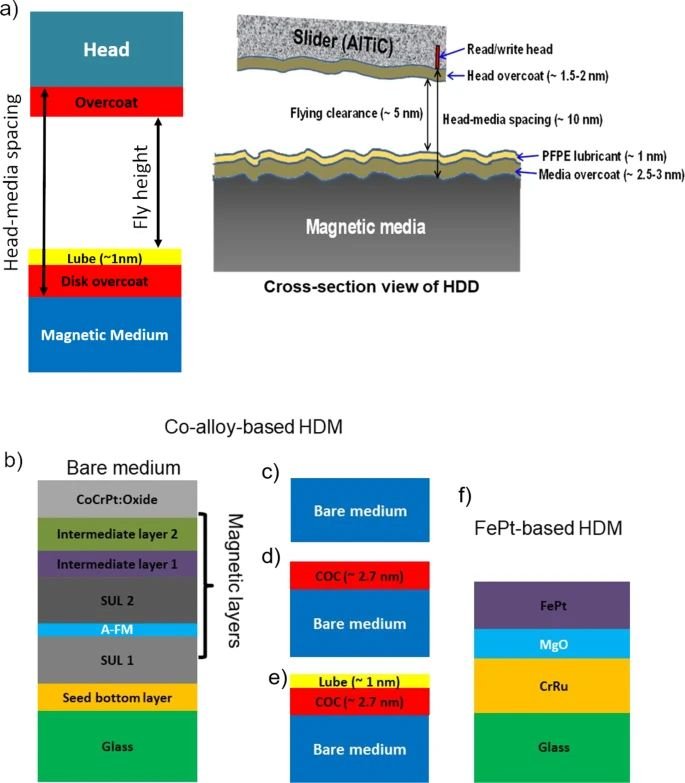Graphene, which is a material made of a one-atom-thick layer of carbon, is a bit of a buzzy darling in the material sciences community, to the point that it’s nearly a meme to implement it in just about anything, whether it’s computers, batteries, or outerwear, that needs a high-tech update.
But this time, it does seem to make a significant difference…

A team of scientists led by the University of Cambridge has developed a new ultra-high density hard drive that they say has ten times the data storage of other leading drives — thanks to an ultra-thin coating of graphene. The Cambridge research could herald a new era of ultra-powerful hard drives that make today’s storage issues seem trivial.
Hard drives are essentially made of rapidly spinning platters that are protected by carbon-based overcoats (COCs). As technology has improved, manufacturers have made those carbon layers thinner and thinner.

But there’s still room for improvement: swapping the COCs out for even thinner layers of graphene means less filler bulk and more physical space that can be reallocated for data storage, according to a press release.
And, it turns out, graphene still works just fine as a protective coating, so there’s very little tradeoff from abandoning COCs for graphene.

“Demonstrating that graphene can serve as protective coating for conventional hard disk drives it will further push the development of novel high areal density hard disk drives.”
Reference- Journal Nature Communications, University of Cambridge MediaOutreach, Futurism, Phys.org






